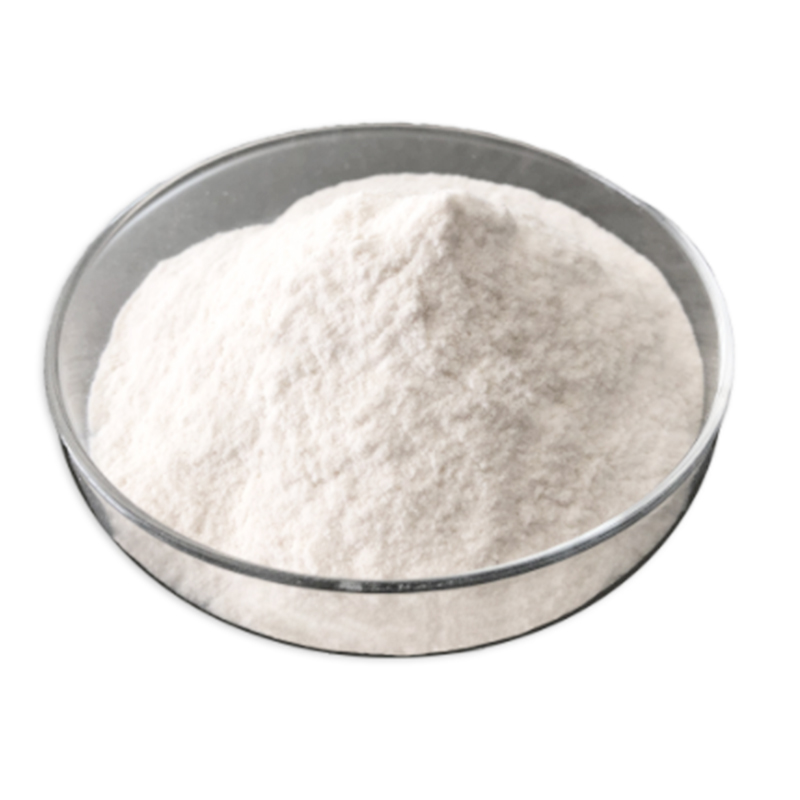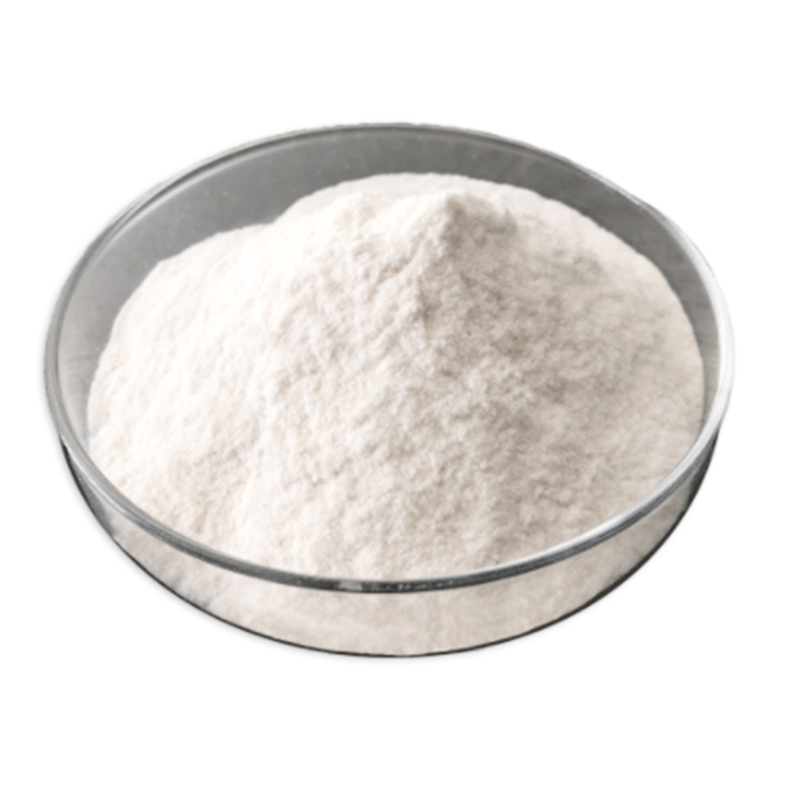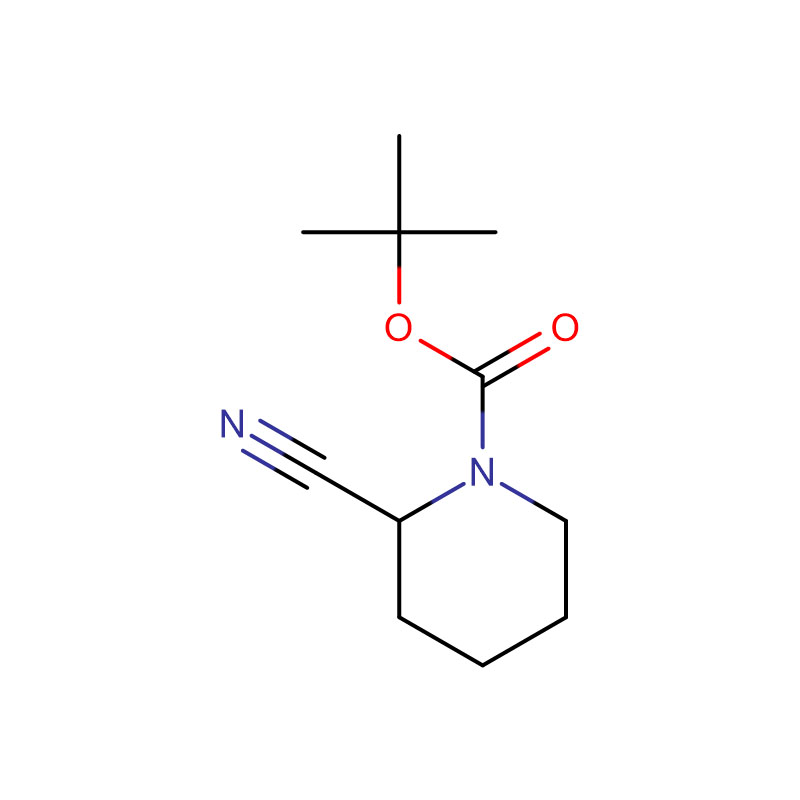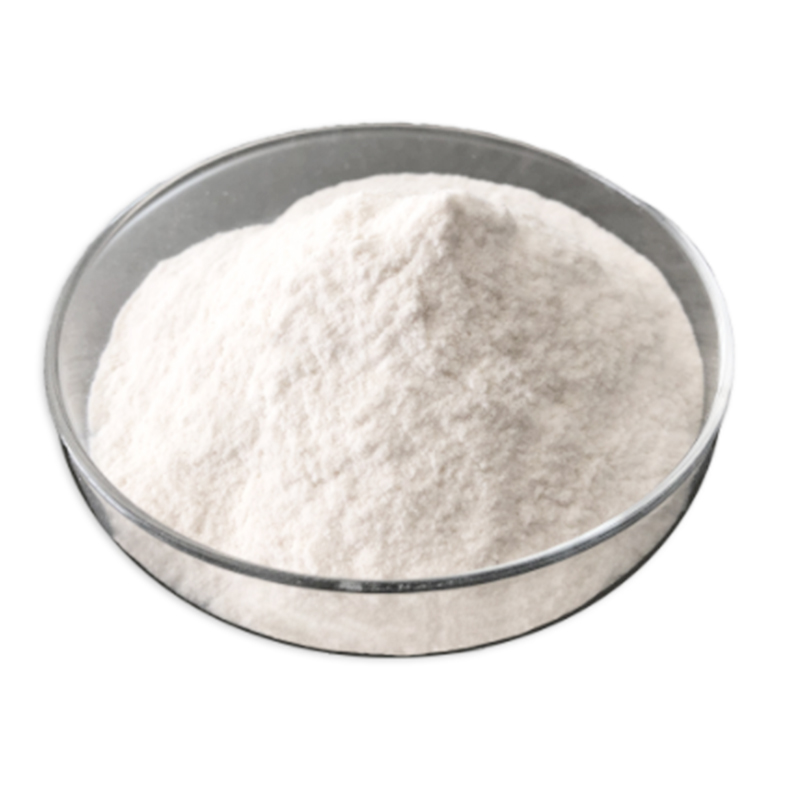Cyclopenta[b]pyrrole-3a(1H)-methanol, hexahydro- CAS: 1784081-72-6
| Catalog Number | XD93464 |
| Product Name | Cyclopenta[b]pyrrole-3a(1H)-methanol, hexahydro- |
| CAS | 1784081-72-6 |
| Molecular Formula | C8H15NO |
| Molecular Weight | 141.21 |
| Storage Details | Ambient |
Product Specification
| Appearance | White powder |
| Assay | 99% min |
Cyclopenta[b]pyrrole-3a(1H)-methanol, hexahydro-, also known as hexahydrocyclopenta[b]pyrrole-3a(1H)-methanol, is a chemical compound with various potential uses in different industries.One of the primary applications of Cyclopenta[b]pyrrole-3a(1H)-methanol, hexahydro-, is in the field of organic synthesis. Its unique structure, containing a cyclopenta[b]pyrrole ring and a hydroxyl group, offers opportunities for the creation of diverse organic compounds. It can be used as a building block or starting material in the synthesis of pharmaceuticals, agrochemicals, and other complex molecules. The hydroxyl group, in particular, can serve as a reactive handle, allowing for further modification or derivatization to tailor the compound for specific purposes.In pharmaceutical research, Cyclopenta[b]pyrrole-3a(1H)-methanol, hexahydro- can be employed in the development and discovery of new drugs. The cyclopenta[b]pyrrole scaffold is found in various biologically active compounds, and it has been investigated for its potential therapeutic properties. Researchers can utilize this compound as a starting point to design and synthesize small molecules with potential pharmacological activities. The hydroxyl group can also be utilized as a site for introducing specific functional groups or interactions to enhance the compound's efficacy or selectivity as a drug candidate.Furthermore, Cyclopenta[b]pyrrole-3a(1H)-methanol, hexahydro- can have applications in materials science and the production of functional materials. Its unique ring structure and hydroxyl group make it a valuable building block for the synthesis of polymers or resins with specific properties. It can be used as a monomer or incorporated into polymer chains to impart desired characteristics, such as flexibility, solubility, or reactivity. These polymers can find applications in coatings, adhesives, or even drug delivery systems.Additionally, the compound can also be utilized in the field of organic electronics. The cyclopenta[b]pyrrole ring, combined with the hydroxyl group, can introduce specific electronic or optical properties to materials. It can be incorporated into organic semiconductors or dyes to modify their energy levels, absorption spectra, or charge transport properties. This makes it potentially useful in the development of organic electronic devices, such as solar cells, organic light-emitting diodes (OLEDs), or field-effect transistors.In summary, Cyclopenta[b]pyrrole-3a(1H)-methanol, hexahydro- is a compound with various potential applications in organic synthesis, pharmaceutical research, materials science, and the development of functional materials. Its unique structure and functional groups offer versatility and opportunities for tailoring the compound's properties to meet specific requirements. It can be utilized as a building block in the synthesis of complex molecules, as a starting material for drug discovery, as a component in functional materials, and in the production of organic electronic devices.


![Cyclopenta[b]pyrrole-3a(1H)-methanol, hexahydro- CAS: 1784081-72-6 Featured Image](https://cdn.globalso.com/xdbiochems/白色粉末1059.jpg)
![Cyclopenta[b]pyrrole-3a(1H)-methanol, hexahydro- CAS: 1784081-72-6](https://cdn.globalso.com/xdbiochems/粉末95.jpg)




![methyl 5,6,7,8-tetrahydroimidazo[1,5-a]pyridine-7-carboxylate Cas: 1824151-16-7](https://cdn.globalso.com/xdbiochems/白色粉末334.jpg)
